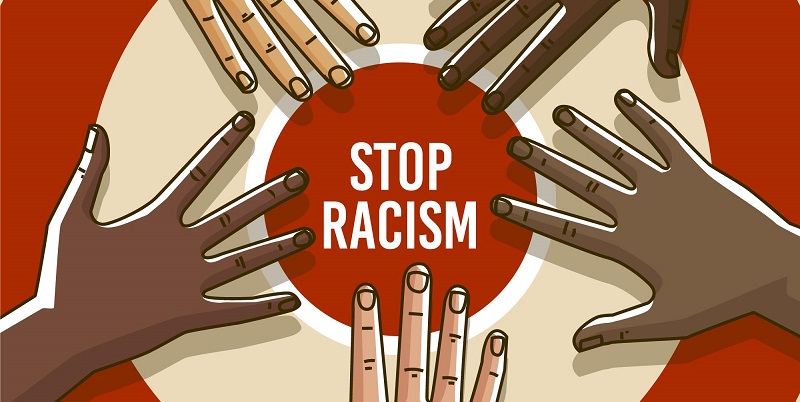Amidst the ongoing fight for racial equality, it is crucial to acknowledge the prevalence of racism in the workplace. From transgender and nonbinary employees to men and women, individuals across diverse identities face discriminatory experiences. In this article, we will explore the statistics surrounding racism in the workplace, identify instigators of racism, examine the role of gender dynamics, and discuss strategies to address racism. It is paramount for employers to recognize these issues, commit to anti-racist practices, and foster inclusive workspaces that prioritize the well-being of all employees.
Statistics on the Experience of Racism
A study revealed that trans and nonbinary employees experience racism at a significantly higher rate of 69%. Shockingly, both men and women suffer similar degrees of racism, with rates of 50% and 51% respectively. These distressing statistics highlight the far-reaching impact of racism on employees’ psychological well-being, job satisfaction, and overall workplace morale.
Identifying the sources of racism is vital for developing effective strategies to address this pervasive issue. Astonishingly, 41% of respondents cited their leaders as instigators of racism. This emphasizes the urgent need for companies to take responsibility for cultivating inclusive and respectful workplace cultures. Furthermore, 36% of employees pointed to their co-workers as initiators of racist acts, highlighting the importance of promoting diversity awareness and fostering an atmosphere of respect within teams. Additionally, 23% indicated that customers or clients were responsible for perpetuating racist behavior, signaling the crucial role of customer service protocols in combating racism.
Gender Disparity in Initiating Racist Acts
Contrary to popular belief, the study revealed that both women and men are equally likely to initiate racist acts. This finding underscores the significance of addressing racial biases comprehensively, without focusing solely on one gender. By recognizing that everyone has a role in combating racism, companies can foster a culture of collective responsibility and accountability.
Racial Dynamics in the Workplace
The survey’s respondents overwhelmingly indicated that racism is predominantly initiated by white individuals. A staggering 80% of participants recognized that whiteness is often at the center of workplace racism. This acknowledgment should prompt employers to reevaluate their organizational structures, policies, and practices to address systemic racism and promote inclusivity. Centering discussions on whiteness in work contexts is crucial for dismantling oppressive power dynamics and achieving true racial equity.
Addressing Racism in the Workplace
To effectively combat racism, employers must make a genuine commitment to fostering anti-racist environments. This involves implementing comprehensive systems that tackle bias in all stages of the employee lifecycle, including hiring, development, and promotion processes. By prioritizing diversity and inclusion, organizations can ensure fair and equitable opportunities for all employees and create a level playing field.
Building Antiracist Workplaces
Leaders at every level of an organization play a pivotal role in combating racism. It is imperative to equip managers with training to recognize and address instances of racism promptly and appropriately. Creating environments of physical and psychological safety enables employees to report racist experiences without fear of retaliation. Additionally, employers must move beyond symbolic gestures of inclusivity and prioritize genuine diversity, prioritizing diverse representation and fostering cultures that celebrate and value different perspectives.
Addressing racism in the workplace requires a collective effort from employers, leaders, and employees. By recognizing the pervasiveness of racism faced by trans and nonbinary individuals, men, and women, we can work towards fostering inclusive work environments. Companies must commit to tackling racism head-on, implementing systems to eliminate biases, and training managers to respond to instances of racism. It is through these collective efforts that we can dismantle systemic racism, build anti-racist workplaces, and create a future rooted in equality, respect, and inclusion.

